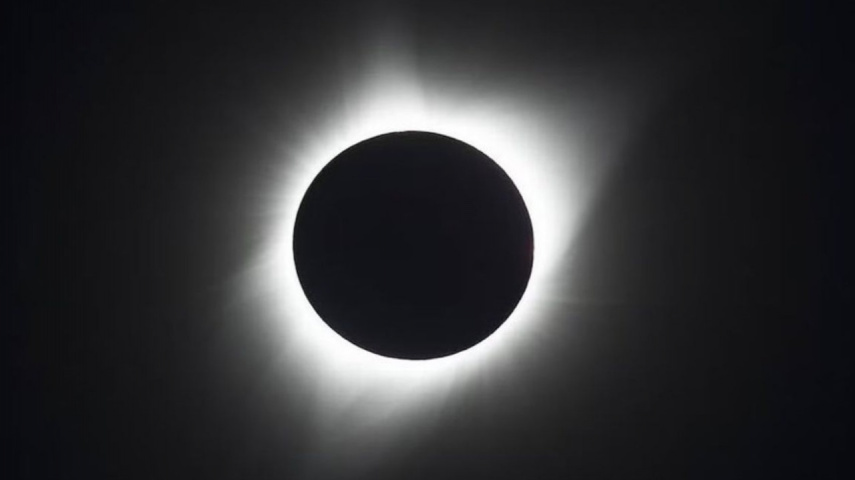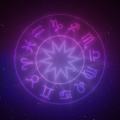Total Solar Eclipse 2024: Time, path, duration, how to watch online and more
North America will be treated to a captivating sight on April 8, 2024: a total solar eclipse. Here's all you need to know about this awe-inspiring celestial event.

-
Prepare for an extraordinary celestial event set to dazzle North America on April 8, 2024
-
The awe-inspiring darkness of totality for several minutes, offering a rare glimpse of sun's corona
The total solar eclipse that is expected to occur on Monday is a once-in-a-lifetime celestial event that millions of people in North America are preparing for as per USA Today. Here's an in-depth article explaining how to watch safely, what to expect, and more.
When and where to witness the Total Solar Eclipse
Viewers in North America will be amazed with a rare total solar eclipse on Monday, April 8, 2024. The eclipse will begin at around 11:07 a.m. PDT on the Pacific coast of Mexico and travel a 115-mile-wide path of totality.
The eclipse in the United States will begin at Eagle Pass, Texas, at 1:27 p.m. CDT, travel across the country diagonally, and end at Lee, Maine, at roughly 3:35 p.m. EDT. Along the route are major cities like Dallas, Little Rock, Carbondale, Cleveland, and Buffalo, which provide excellent viewing opportunities for those interested.
Duration of the Total Solar Eclipse
The sun, moon, and Earth will form an amazing alignment during totality, which will cause sections of the path to briefly go dark for several minutes. This phenomenon, called "totality," offers a unique view of the sun's corona, or outermost layer of atmosphere.
Periods of darkness may last anywhere from a few seconds to more than four minutes across the United States, providing plenty of opportunity to witness this breathtaking spectacle.
How to safely watch the eclipse
Even though seeing a total solar eclipse is an amazing experience, eye safety must come first. The retina may suffer irreversible damage if one looks directly at the sun. Experts advise wearing certified solar eclipse glasses, which meet international safety standards and filter harmful rays, to protect your eyesight.
Although welding goggles might offer some protection, the best line of defense is wearing certified eyewear. As an alternative, viewers can safely project the image of the sun onto a nearby surface by making their own pinhole projector.
Remember that until the eclipse reaches totality, when it is safe to view with the unaided eye, appropriate eye protection is necessary.
Watching online
A number of internet sites may broadcast live streams of the eclipse so that people who are unable to see it in person can watch it from the comfort of their homes. Additionally, public places like libraries might give away free eclipse glasses to guarantee everyone can view the solar eclipse safely.
As excitement for the eclipse grows, now is the perfect moment to make plans for your viewing and get appropriate eye protection. The next total solar eclipse is not to be missed in 2024; however, it won't be visible from most parts of the United States until August 23, 2044.
ALSO READ: Total Solar Eclipse 2024: Top interesting facts about upcoming celestial phenomenon





 JOIN OUR WHATSAPP CHANNEL
JOIN OUR WHATSAPP CHANNEL



































































































